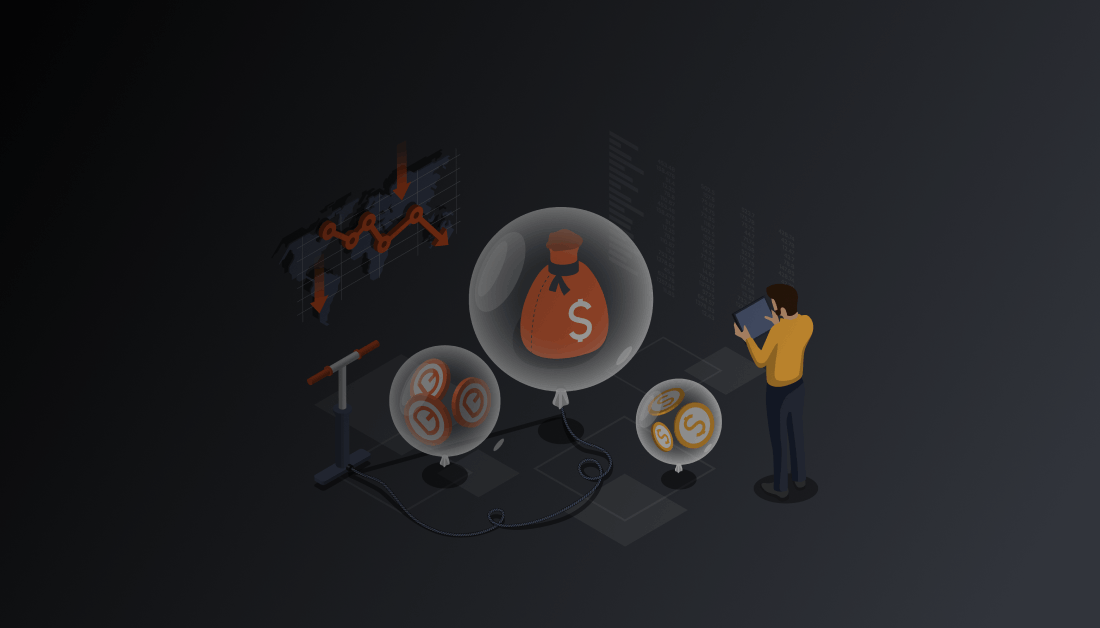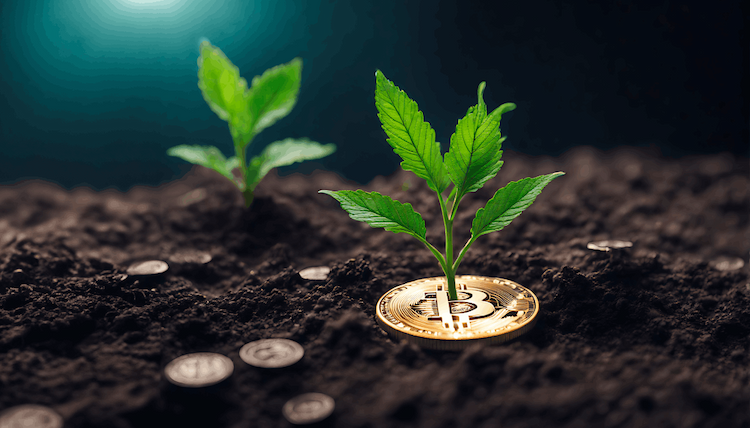
Investing in cryptocurrency can lead to substantial gains or sometimes overwhelming losses depending on your decisions. Finding sound investments is hard work and can result in some levels of inherent risk. However, diligently selecting projects and conducting thorough research can reduce this risk and significantly increase your chances of success.
This week’s educational article outlines 10 tips to help you identify potentially undervalued and appealing crypto assets/projects.
Checklist of finding undervalued assets and how to do your own due diligence:
- Check the projects/assets' market cap and momentum:
Identifying undervalued crypto coins can be done by examining their market cap. For projects yet to launch, evaluating their initial market capitalization is crucial, as its value represents the total worth of token units in circulation following the token generation event (TGE). Projects with an initial market cap lower than their expected fair value have the potential for significant returns, as the market tends to align the token price with its fair value after the TGE. Generally, projects that launch with a lower-than-expected market cap are likely to increase in value until they reach their fair value. On the other hand, projects with a higher-than-expected market cap, often due to a temporary influx of orders, may eventually regress to a lower, fairer market cap. - Deep dive into its price history, trading volume, and number of holders: Study the token's price charts to identify its highs and lows of the previous year, month, week, and 24-hour period. TradingView and Coinigy allow you to read charts and candles. Additionally, under Coin.fyi - Markets, you can also see the price history of many assets.
- Check its backers: Conduct due diligence on the project’s associated backers/investors. This involves examining the project's early supporters and paying close attention to noteworthy venture capital (VC) funds and angel investors who have come on board. Projects usually list prominent backers on their websites, primarily applicable to those receiving venture funding. Looking for well-respected VC funds with a proven track record and backers with a history of adding significant value to projects through marketing assistance, strategic guidance, development expertise, or other valuable contributions is ideal. It is also important to consider why industry experts may have chosen not to support the project.
- Learn more about the team: More than often, you can find information about the founders and team members on the project's website or via news articles. Find out what background the founders have, if they have built start-ups in the past, what their skills are etc. Both teams and investors are paramount to the project, so the more impressive the resume, the better for the project.
- Ensure you understand the technology and product: Crypto projects can be daunting and difficult to understand, especially if you are a newcomer. Before investing, make sure you understand what the utility of the asset is or what the “problem” the project is trying to solve.
- Find out the project’s product-market fit: According to the previous bullet, understanding the problem the project is trying to solve will also help you identify its product market and growth potential. Important to note that make sure your sources are credible. Trend and market analyses by big consulting firms, credited business reviews, and institutional VCs are usually good sources of information during your due diligence.
- Check its community size and engagement: How many Twitter followers, Discord members, and other social media followers does the project have? If it’s an undervalued asset, these numbers might be low, but keeping an eye on them will indicate the project's growth potential.
- Take a look at its Social Media content: While checking out the amount of followers, scroll through the type of content. Is it engaging, high quality, and does the team communicate on a regular basis? Frequent posting and updates are also a good sign of a strong project with a goal to grow.
- Deep dive into the tokenomics and token utility: More than often, the project has a whitepaper, litepaper, or tokenomics section on its website. Considering the tokens utility is important as it indicates what investors and holders will gain. A factor to consider is that even if the project is solid highly inflationary tokenomics could lead to price suppressions if there isn’t enough utility. Take a look at the projects vesting schedules, adisors, and if the project is taking measure to reduce the circulating supply - such as thought staking or burn mechanics.
- Read other “Undervalued Assets” articles: Plenty of articles list the most undervalued assets of the month or the year. Though these are a great way to start, more often than, when a project or asset has already made its way to articles or Twitter, it might be too late – meaning the asset is not as “undervalued” as it would have been months ago.
Moralis, a platform that simplifies web3 development, created Moralis Money to help people find undervalued alt-coins before they hit the mainstream. In their blog, they provide a step-by-step guide on finding undervalued assets and using the Moralis Money platform.
Final Thoughts
Keeping in mind the top 10 tips when looking for undervalued assets, and doing research in crypto in general are key. Though this does not guarantee success nor is it at all financial advice, we hope the list can get you closer to identifying better opportunities within the market.



